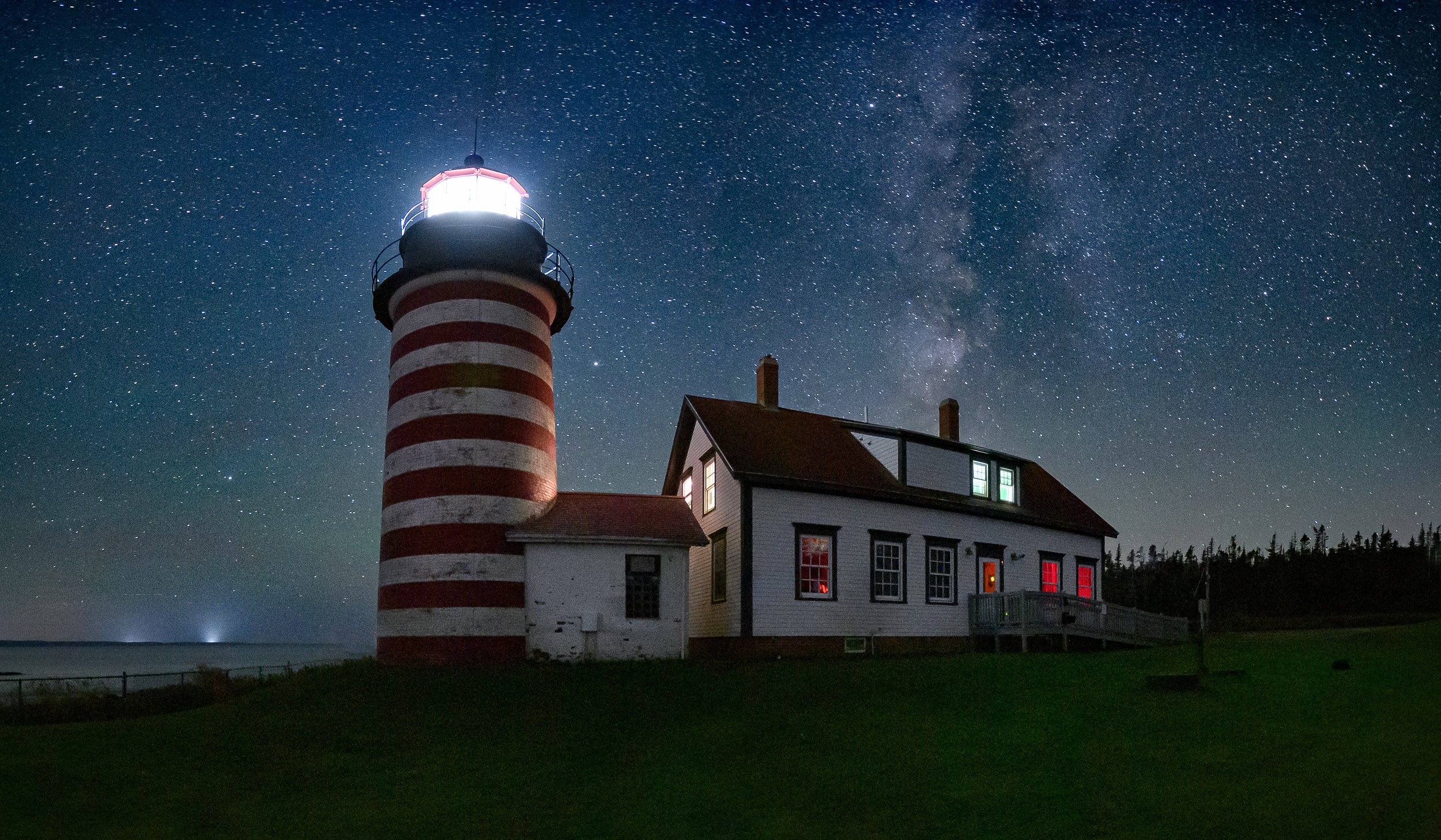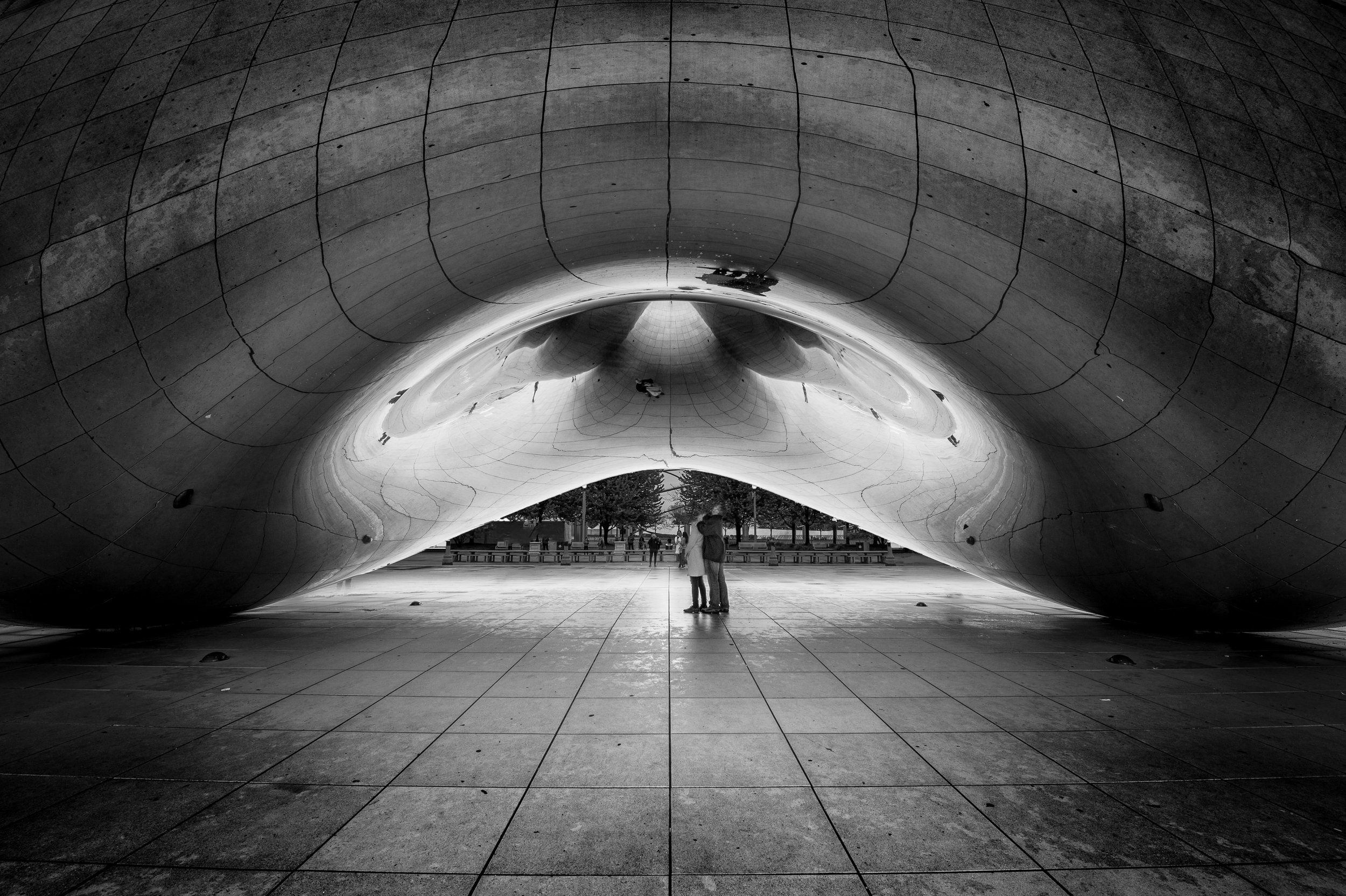One of the reasons we love doing what we do is because we enjoy spreading the word about dark skies and night photography.
We get to do this a bunch of times per year on workshops in an intense, concentrated format with a small group of attendees, many of whom quickly become friends. But we also get to do this on a larger scale when we participate in conferences and events. Spending time as speakers and photo-walk leaders gives us a chance to meet thousands of new night photography aficionados of all levels.
In that spirit, we’re excited to announce a few upcoming major events that we’ll be participating in:
For more information about these events—including how we’ll be helping out, as well as other useful info—keep on reading below! (And to always be kept abreast of places we’ll be speaking, be sure to sign up for our quarterly Events email announcement.)
OPTIC Imaging Conference
New York City, June 2-5, 2019
The f stops here. Hands down, one of our very favorite conferences. And we’ve been there from the beginning (this is their fifth anniversary!), with different combinations of us participating as speakers, leading photo walks, offering portfolio reviews, and so on.
The OPTIC Imaging Conference is run by B&H Photo and Lindblad Expeditions, both of which are the best at what they do in their niches. Together they put on one of the premier outdoor-photography events on the calendar. OPTIC features scores of top-notch speakers (including National Geographic photographers), a sunset cruise down the Hudson River, parties, photos walks, shooting stations and more.
Our role? We have a few:
Tim will deliver a talk titled “The Grand Landscape: Creating Impact with Perspective, Proportion and Position” on Sunday at 10 a.m.
The “Nikon Night Adventure.” Sponsored by one of our biggest partners, Chris, Gabe and Tim will lead a night-photo walk at Brooklyn Bridge Park on Sunday night. Participants will be chauffeured from B&H to Brooklyn on complimentary double-decker tour buses.
Chris and Tim will be working in the Portfolio Review room during parts of Sunday and Monday.
Chris and Gabe will participate in livestreamed image reviews on Wednesday morning.
We’ll also have a table in the trade show area. Tim and I will be available to chat when we’re not engaged in the aforementioned activities. Also behind the table will be Sandra Ramos, the National Park Patch Lady, as well as Sherry Pincus, the backcountry instructor for our Shi Shi Beach workshop. If you’re at OPTIC, be sure to stop by and say hi!
For more information, visit the OPTIC Imaging Conference website.
Further Opportunities
If you can arrive for OPTIC a few days early, you can snag what’s perhaps the best celestial photo opportunity in New York City: Manhattanhenge. Twice per year, the setting sun lines up perfectly with the grid of Manhattan’s streets, and this year one of those two suns will set on May 29, just four days before the conference begins. To learn more, read Neil deGrasse Tyson’s article, brought to you by the American Museum of Natural History.
Grand Canyon Star Party
Arizona, June 22-29
Last year when we started prepping our 2019 workshop at Grand Canyon National Park, Gabe met with a couple of rangers to discuss permits and the like. Gabe’s a friendly guy. So fast-forward 24 hours when the second meeting ended with the rangers inviting us to run a night photography program at the 2019 Grand Canyon Star Party. Whoa. “Excited” doesn’t begin to describe how we felt about the opportunity.
This is one of the biggest night sky festivals in one of the grandest national parks. The party will be held at both the North and South rims, and will feature slide shows, presentations, constellation tours, telescopes, and so on and so on.
Our program will entail:
On June 23, Chris and Gabe will present a talk titled “The Daydreamer’s Guide to Night in the National Parks,” which will document the many night-sky photo opportunities in the park system, as well as how photography can be used for helping to protect darkness.
On June 23 and 24, Chris and Gabe will lead one-night photography workshops on the South Rim of the Grand Canyon.
Also on June 23-24, Gabe and I will have a table at the Visitor Center where we can meet and greet current and aspiring night photographers. We’re looking forward to making lots of new friends!
For more information, visit the Grand Canyon Star Party website.
Further Opportunities
Three other national parks in the western U.S. are hosting night sky festivals around the same time: Petrified Forest (New Mexico, June 21), Bryce Canyon (Utah, June 26-29) and Black Canyon of the Gunnison (Colorado, also June 26-29). You could make a whole road trip out of these events. Ya know, drive during the day, and enjoy millions of stars at night. (Stay tuned for more about these events, and others, in an upcoming blog post.)
Smoky Mountain Foto Fest
North Carolina, September 11-14
Based in Asheville, North Carolina, the Smoky Mountain Foto Fest features a packed schedule of lectures, field seminars, photo shoots, technique demos, portfolio reviews and more.
Our programs will include running a table in the trade show where we can meet-and-greet with fellow night enthusiasts, as well as helping with night-photo shoots and portfolio reviews.
In addition, we will be delivering five presentations:
“10 Night Photography Challenges and How to Solve Them” (Chris and Lance)
“When One Image Isn't Enough: Shooting Multiple Frames for Night Photography” (Chris and Lance)
“Photographing National Parks” (Chris)
“The Evolution of Night Photography” (Lance)
“Light Painting Demo with Live Tethered Shoot” (Chris and Lance)
For more information, visit the Smoky Mountain Foto Fest website.
Further Opportunities
September is, quite simply, a spectacular time of year to spend in the southern Appalachian Mountains. If you come to Asheville for the conference, you’ll be right near two of our workshop locations from the past couple of years: Great Smoky Mountains National Park and the Blue Ridge Parkway. It will be a little early for fall foliage, but the weather should be fantastic, with warm days and cool nights. And for some of the best grits ever, check out Cafe 64 on Haywood Street.
Note: To stay abreast of all our commitments at conferences, trade shows and other events, visit our Speaking Engagements page—or, better yet, sign up for our quarterly Events email.






